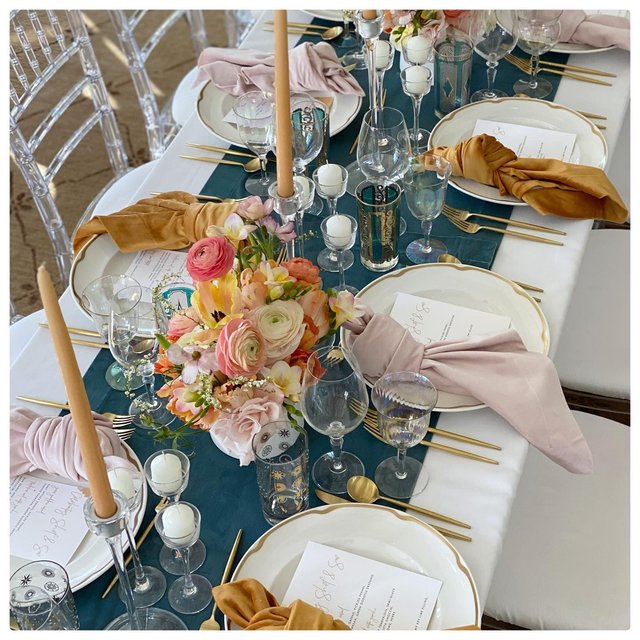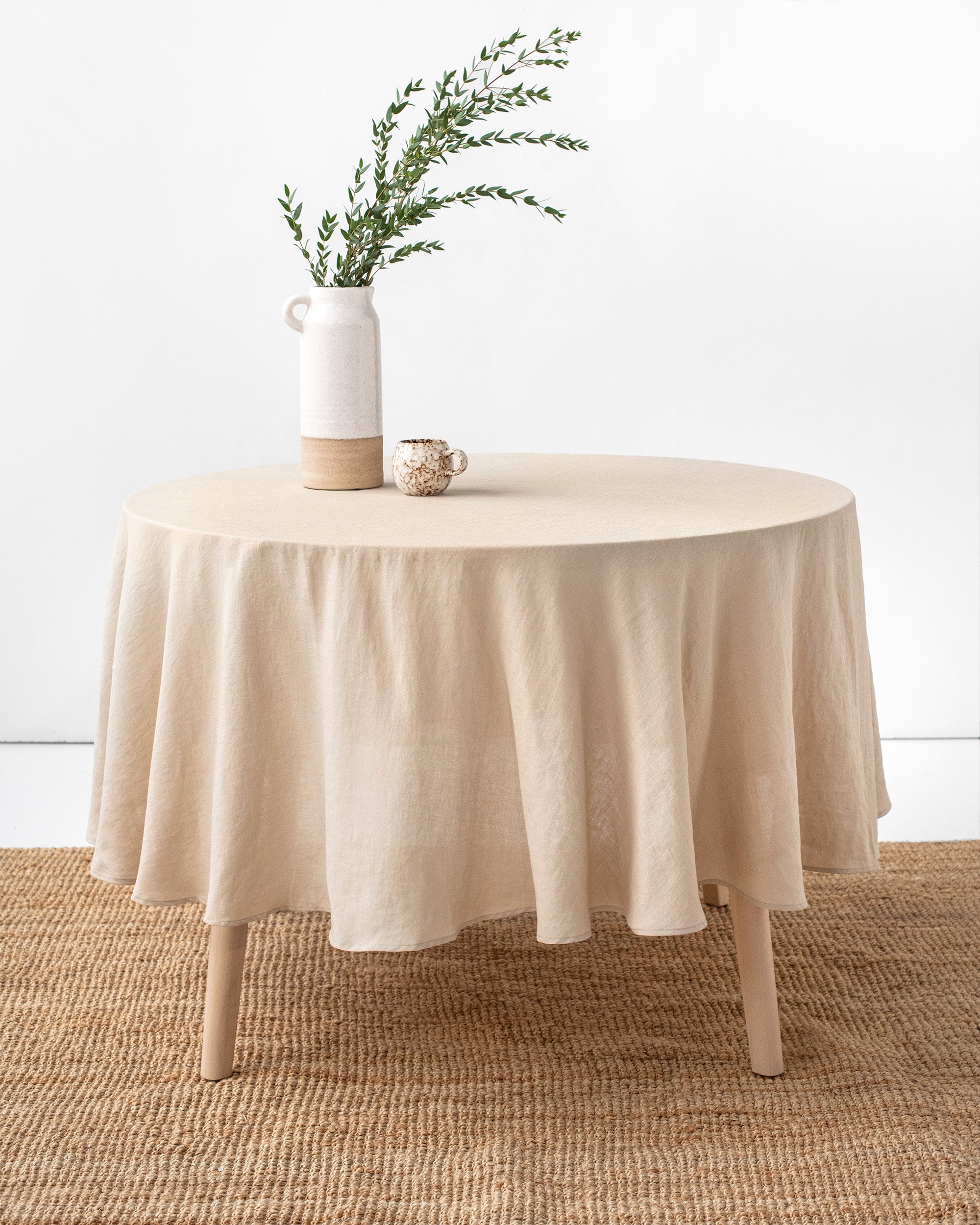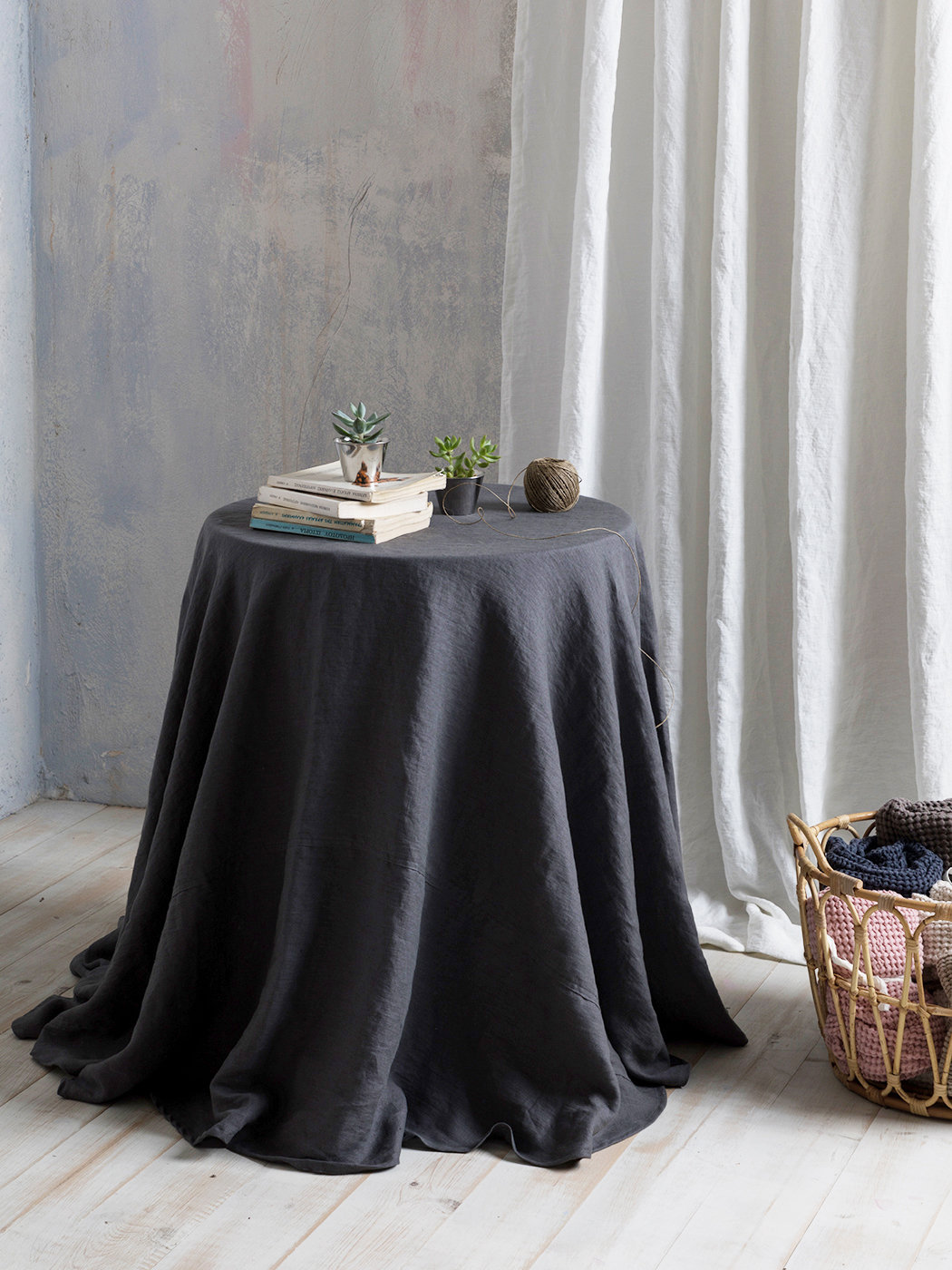Bed Linen Material Innovations: Checking Out Modern Trends and Creative Applications in Design and Fabric Sector
From sustainable production methods to cutting-edge weaving innovations, the evolution of linen is improving the landscape of the textile market. As we delve right into the realms of innovative design applications and the development of bed linen blends and hybrid textiles, a brand-new phase unravels in which bed linen's role in future fabric technologies takes facility stage.
Sustainable Practices in Linen Manufacturing
Sustainable methods in bed linen production have become increasingly important in the textile market's efforts to lessen ecological effect and promote ethical sourcing methods. Linen, a natural fiber stemmed from the flax plant, provides a variety of advantages such as durability, breathability, and biodegradability. Nevertheless, traditional approaches of bed linen manufacturing can involve significant water intake, chemical use, and energy-intensive procedures.
To attend to these challenges, lots of fabric makers are taking on lasting methods throughout the bed linen manufacturing procedure. This includes sourcing flax from natural farms that avoid hazardous chemicals and chemicals, executing water-efficient retting methods to remove fibers from the flax stalks, and using environmentally friendly dyes and finishes. Additionally, some firms are spending in renewable resource sources to power their production centers and decreasing waste through recycling and upcycling initiatives.
Technical Developments in Linen Weaving
With the growing focus on sustainable practices in linen manufacturing, the fabric industry is now experiencing a surge in technical innovations particularly focused on revolutionizing the art of linen weaving. These innovations are improving the method linen fabrics are produced, offering boosted efficiency, top quality, and imagination in weaving methods.
One of the vital technical innovations in bed linen weaving is the assimilation of electronic looms. These innovative looms are furnished with software application that permits complex and elaborate layouts to be woven with precision. By digitizing the weaving procedure, suppliers can accomplish greater consistency and accuracy in their linen materials.
Furthermore, advancements in thread spinning technology have actually allowed the production of finer and more durable linen threads - table cloths. This results in softer and smoother linen fabrics that retain their quality also after several usages and cleans
Additionally, the advancement of green dyeing processes and surfaces for linen textiles is gaining grip. These sustainable methods not just decrease the environmental influence but likewise satisfy the enhancing customer need for ethically produced fabrics.
Creative Design Applications for Linen
Innovative artistic strategies are progressively forming the imaginative layout applications for bed linen in the textile sector. Designers are pushing the borders of conventional linen use, discovering its flexibility in numerous applications. One famous pattern is the integration of bed linen in lasting fashion lines, where its green residential or commercial properties are highlighted. Linen's natural visual charm and capability to blend with various other fabrics make it a favored selection for producing one-of-a-kind garments and devices that accommodate the ecologically mindful customer.
Moreover, designers are explore linen in home decoration, using its breathable and sturdy nature to craft stylish furnishings such as drapes, bedding, and furniture. The structure and drape of linen bring a sense of refinement and comfort to indoor areas, adding a touch of style to modern homes.

Linen Blends and Crossbreed Fabrics

Crossbreed materials, on the other hand, take the idea of mixing an action additionally by incorporating added elements such as metal strings, recycled materials, or conductive fibers. These ingenious textiles not just expand the style possibilities yet also present functional aspects like conductivity, antimicrobial residential or commercial properties, or improved toughness. Hybrid fabrics great post to read are increasingly being used in different sectors, including style, interior design, and technical fabrics, where the demand for multifunctional materials gets on the increase.
Bed linen's Duty in Future Fabric Innovations

In the world of future fabric developments, linen is anticipated to be a principal in the advancement of sophisticated functional materials. Scientists and designers are discovering ways to improve bed linen's inherent qualities through technological developments, such as integrating clever textiles, nanotechnology, and performance coatings. These advancements aim to elevate bed linen's performance features, making it ideal for a broader series of applications, from activewear to protective apparel.
In addition, the mix of bed linen with various other all-natural or artificial fibers opens up endless possibilities for developing unique textiles with distinct buildings and performances. By leveraging linen's features and exploring ingenious blends, the textile sector is positioned to introduce exciting growths that satisfy advancing customer needs and sustainability requirements.
Conclusion
Finally, the exploration of lasting techniques, technical advancements, imaginative style applications, linen blends, and its function in future fabric advancements highlight the continuous advancement of linen textile in the contemporary layout and textile sector. With a concentrate on technology and creativity, the versatility and green nature of linen make it a useful product for producers and designers alike, leading the way for additional developments and advancements in the field of textiles.
As we dive into the worlds of creative style applications and the appearance of linen blends and hybrid materials, a new chapter over here unravels in which linen's role in future fabric technologies takes center phase.
Exploring the combination of linen with other textiles has actually led to the emergence of cutting-edge blends and hybrid fabrics in the modern fabric industry. Linen blends offer an unique combination of the attributes of linen with those of various other fibers, resulting in materials that have enhanced homes such as enhanced longevity, enhanced draping, and reduced wrinkling.The evolution of bed linen blends and hybrid textiles has established the phase for Bed linen to play a critical duty in driving future fabric advancements.In the world of future textile technologies, linen is expected to be an essential gamer in the growth of sophisticated practical materials.